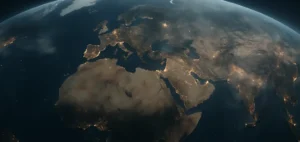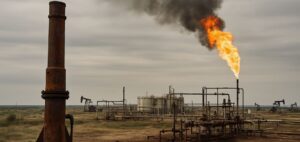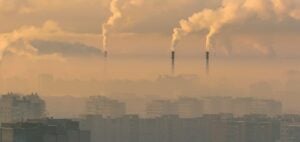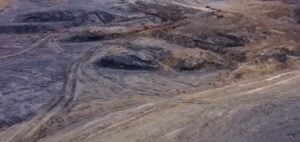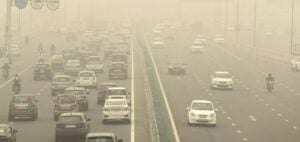France is not meeting its greenhouse gas emissions reduction targets, with major sectors continuing to emit too much CO2 and carbon sinks not working as well as expected, according to the latest Climate-Energy Observatory released Thursday.
This annual observatory is designed by the Climate Action Network (CAN) with other partners, including the Ecological Transition Agency, Ademe.
It compares national emissions to the objectives that have been defined by France in its roadmaps, the National Low Carbon Strategy (SNBC) and the Multi-Year Energy Plan (PPE).
The country is aiming for zero net greenhouse gas emissions by 2050, meaning that by that time residual emissions must be offset by removals by carbon sinks.
The year 2021 saw a rebound in gross (not including absorption) greenhouse gas emissions with the partial recovery in economic activity. But France is still on track with this gross indicator, the observatory notes.
“We are on track,” said the Ministry of Ecological Transition, noting a 23% drop in French emissions compared to 1990. France is committed to reducing them by 40% by 2030, an ambition that must be reinforced to take into account new European objectives (-55%).
On the other hand, for net emissions (including absorption by forests and soils), “the indicative annual share of the carbon budget is exceeded by 20.4 million tons of CO2 equivalent, taking into account the degradation of the forest sink for several years,” notes the observatory.
Last year, the country emitted 404.4 million tons of CO2 equivalent (MtCO2e) net against a target of 384 million tons net.
It is in the forest and soil sector, which should serve as a carbon sink, that the gap between the target and what actually happened is the greatest. This absorption target has been “overestimated”, said Zélie Victor, head of the energy transition at the Climate Action Network.
The absorption of CO2, which remains difficult to calculate, is undermined by the artificialization of soils, drought or fires.
“It reminds us that we must focus on the reduction of greenhouse gas emissions and not only on their absorption, and also take into account the development and preservation of forests and soils,” said Zélie Victor.
On this issue of carbon sinks, the Ministry of Ecological Transition acknowledged a situation “more worrisome because of the drought, the various diseases that have affected our forests, etc.” Not to mention the fires this summer that could have an impact this year.
By activity, the transport sector remains the largest emitter, with 30.1% of national emissions, followed by agriculture (19.4%) and industry (18.6%).
Transport and buildings have respected their “carbon budget” in 2021, according to the observatory, these two sectors having benefited respectively from traffic restrictions and mild weather. Agriculture and industry, on the other hand, have deviated from their trajectories.
Finally, in the crucial sector of energy, the exit from fossil fuels remains “difficult” while the country is “lagging far behind in renewable energies and the reduction of energy consumption”, points out the observatory.
President Emmanuel Macron said on Thursday that France must accelerate not only on nuclear power, but also on wind and solar power.




